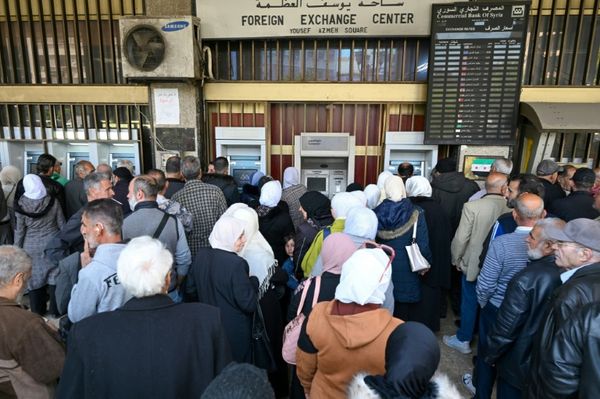With the current market looking volatile, it might be worth looking at a calmer stock such as Kimberly-Clark for a covered call trade.
Kimberly-Clark manufactures and markets a variety of consumer products globally, selling to supermarkets, mass merchandisers, and various commercial establishments. It operates through three segments: personal care, consumer tissue and a division that offers professional products.
Kimberly-Clark's trademark Kleenex brand is included in the consumer tissue division. Among its professional products are Scott Shop Towels and Kimtech wipes. Meanwhile, the personal care segment includes diapers, baby wipes, and feminine care products, sold under such brands as Huggies, Kotex, and Depend.
Kimberly-Clark currently has an annual dividend yield of 3.5%. It also has increased its annual dividend for 52 consecutive years. Income investors that want to increase the yield on this defensive stock could look at a covered call trade.
A covered call strategy is one way to slightly reduce the risk on a long stock position while also generating some premium. The catch? Upside remains limited above the covered call strike.
Kimberly-Clark Stock: How A Covered Call Could Work
Let's look at how a covered call trade on Kimberly-Clark might take shape. Buying 100 shares of Kimberly-Clark would cost around $14,300 this morning.
A May 16 strike call option at 145 traded around 3.55 this morning. That generates $355 in premium per contract. Further, selling the call option generates an income of 2.1% in a month and a half. That equals around 16.5% annualized.
If Kimberly-Clark stock closes above 145 on the expiration date, the shares are called away at 145. That leaves the trader with a total profit of $555. You get the $200 gain on the shares plus the $355 option premium received. It also equates to a 3.9% return, which is 30.8% on an annualized basis.
If Kimberly-Clark stays below 145, the investor can continue selling call options until the shares get called away. Of course, the risk with the trade is that Kimberly-Clark stock might drop, which could wipe out any gains made from selling the call.
Covered calls can be an effective strategy for generating income, managing downside risk, and reducing the effective purchase price of a stock.
Taking Poor Ratings Into Account
One downside for the stock is Kimberly-Clark's weak ratings from Investor's Business Daily. Investors would need to weigh that before making any investment decision.
According to IBD Stock Checkup, Kimberly-Clark stock ranks number six in its group. It also holds a Composite Rating of 77 out of a possible 99, an Earnings Per Share Rating of 48 and a Relative Strength Rating of 80.
Kimberly-Clark is due to report earnings in late April, so this trade would have earnings risk if held through that time.
Please remember that options are risky, and investors can lose 100% of their investment.
This article is for education purposes only and not a trade recommendation. Remember to always do your own due diligence and consult your financial advisor before making any investment decisions.
Gavin McMaster has a Masters in Applied Finance and Investment. He specializes in income trading using options, and is conservative in his style. He believes patience in waiting for the best setups is the key to successful trading. Follow him on X/Twitter at @OptiontradinIQ.







